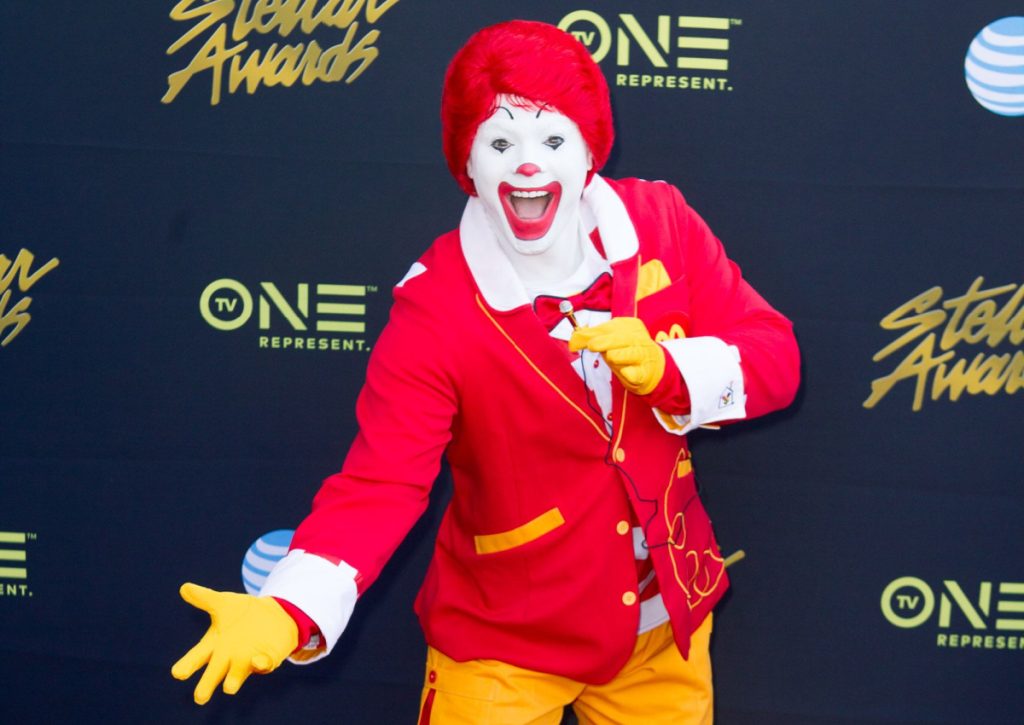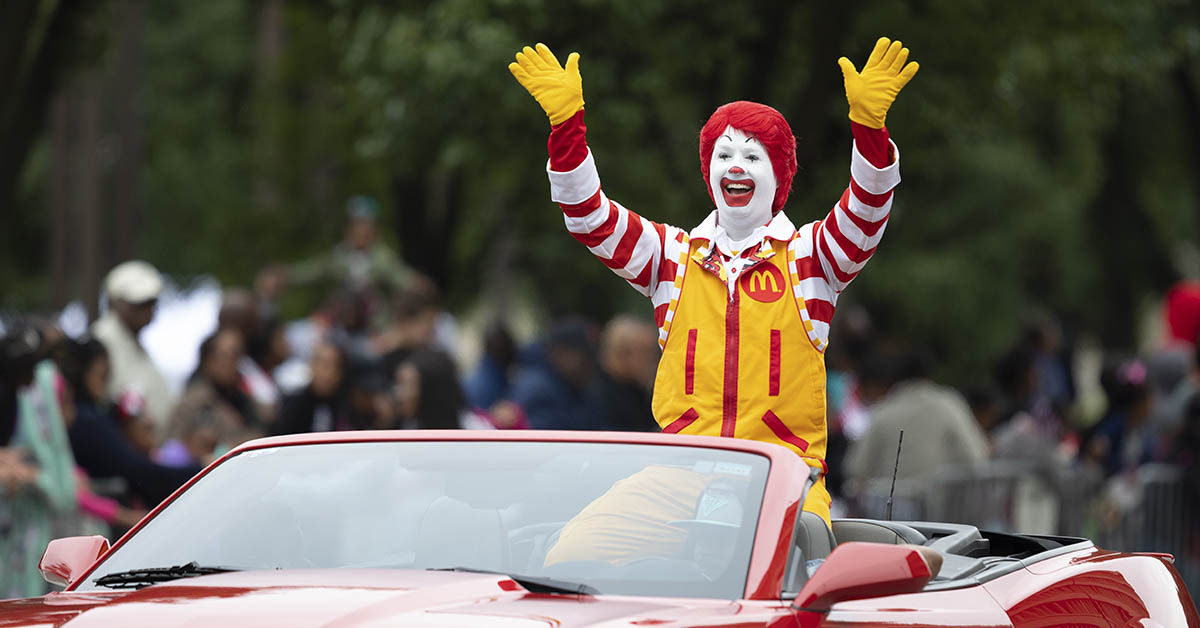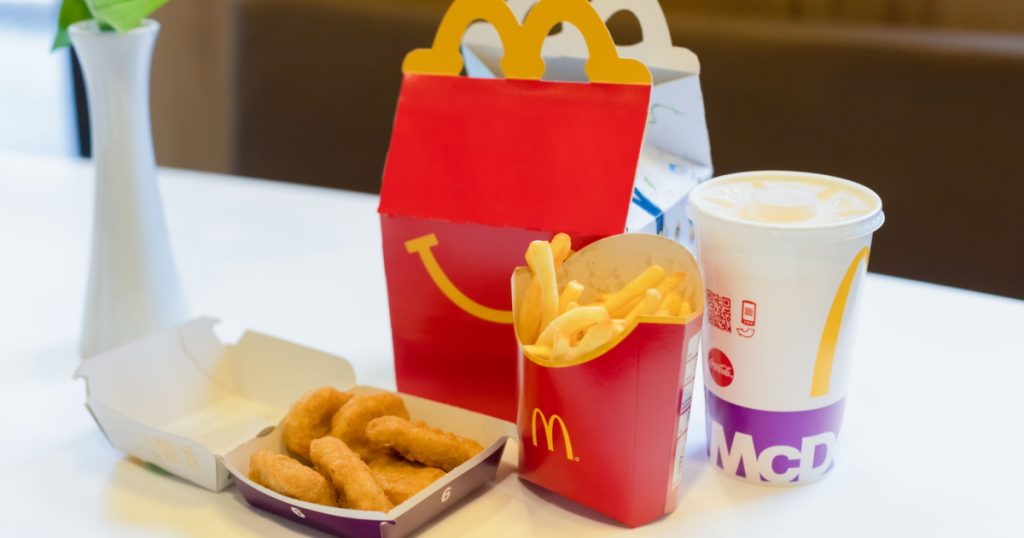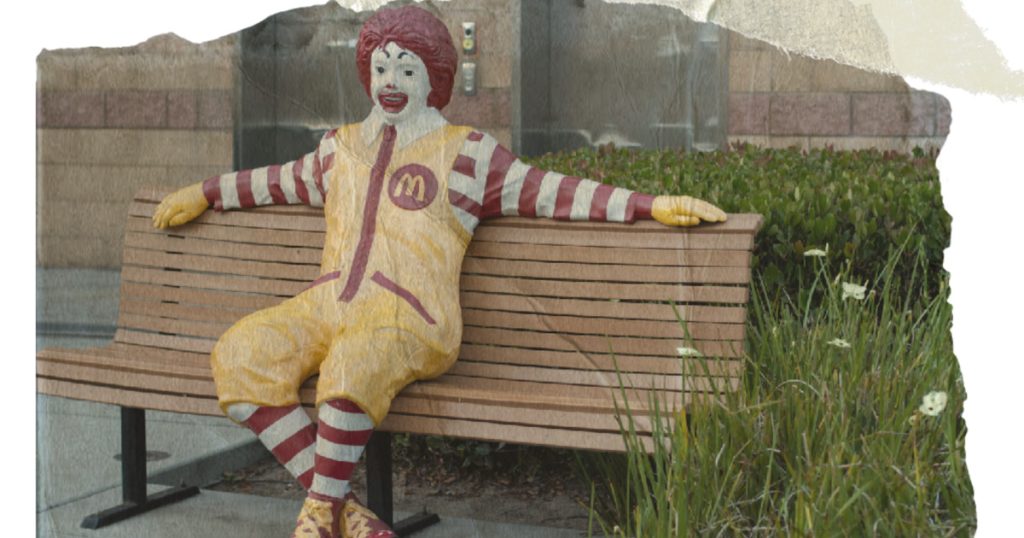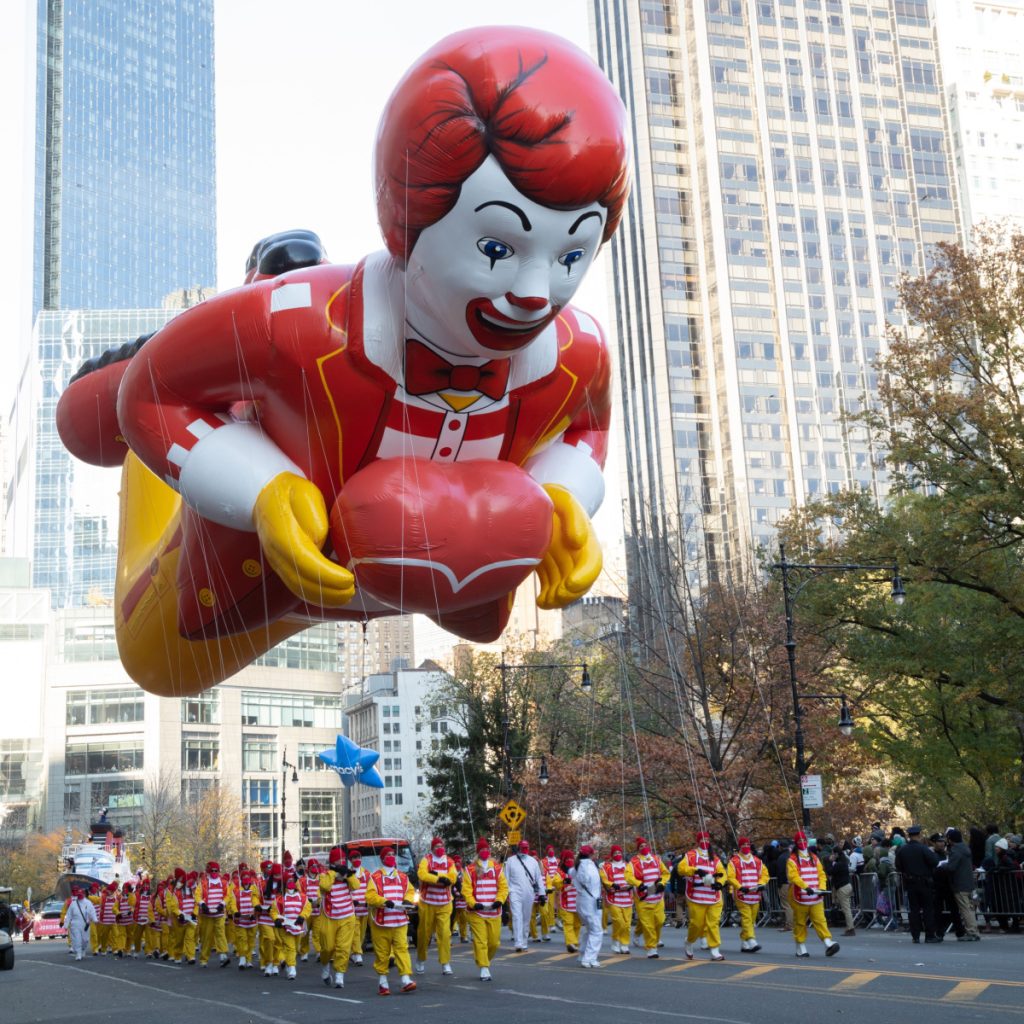It’s hard to think of McDonald’s without imagining its recognizable clown mascot, Ronald McDonald. This optimistic character has been associated with the fast food juggernaut for years, but in 2016 his position within the corporation underwent a significant change.” What caused his sudden departure from the spotlight? In this piece, we explore the clown’s fascinating story. disappearance and the elements that led up to it.
Creepy clown trend
A strange trend known as the “creepy clown” movement made waves in both the US and the UK in 2016. When did people start terrorizing cities, donning scary clown costumes, and even brandishing guns? McDonald’s acted after learning of these cases through disturbing news reports. The business decided to remove Ronald McDonald from its advertising activities in response to the uncomfortable atmosphere these clown sightings created.
The primary motivation for this action was concern for community welfare and public safety.
Some may find this decision shocking, but it was an attempt by McDonald’s to distance itself from the scary clown images that have become popular. The event demonstrated the company’s commitment to client safety and consideration for their concerns.
Negative publicity
Ronald McDonald has disappeared. What happened to the famous McDonald’s clown?
It’s hard to think of McDonald’s without imagining its recognizable clown mascot, Ronald McDonald. This optimistic character has been associated with the fast food juggernaut for years, but in 2016 his position within the corporation underwent a significant change.” What caused his sudden departure from the spotlight? In this piece, we explore the clown’s fascinating story. disappearance and the elements that led up to it.
Creepy clown trend
A strange trend known as the “creepy clown” movement made waves in both the US and the UK in 2016. When did people start terrorizing cities, donning scary clown costumes, and even brandishing guns? McDonald’s acted after learning of these cases through disturbing news reports. The business decided to remove Ronald McDonald from its advertising activities in response to the uncomfortable atmosphere these clown sightings created.
The primary motivation for this action was concern for community welfare and public safety. Some may find this decision shocking, but it was an attempt by McDonald’s to distance itself from the scary clown images that have become popular. The event demonstrated the company’s commitment to client safety and consideration for their concerns.
Negative publicity
He has represented the Ronald McDonald brand since the 1960s but has come under increasing fire for encouraging young people to eat unhealthy fast food. Its detractors argued that it contributed to childhood obesity. This public relations crisis forced McDonald’s to review its marketing plan. Don Thompson, the former CEO, tried to defend Ronald but found it difficult, especially in light of the growing attention on baby nutrition.
In response to the criticism, McDonald’s changed the focus of its advertising from children to adults. This change was made in response to changing social norms and concerns about the health effects of fast food on children. The mascot no longer fits into this new marketing strategy, despite its adorable appearance.
Ronald McDonald’s outdated persona
In an effort to appeal to an older clientele and modernize its restaurants, McDonald’s made a big change. The chain debuted with a sleeker look, more adult-oriented cuisine, and custom-order kiosks.
Ronald McDonald’s silly appearance and innocent personality were at odds with the company’s new course.
The aim of the rebranding initiative was to give McDonald’s restaurants a more modern, premium look and appeal to adults. McDonald’s tried to create a modern, intelligent image, and clownish behavior became a relic of the past.
A final bow
Although there was always a nostalgia for Ronald McDonald, his status as the face of the franchise gradually waned. In 2016, McDonald’s officially phased it out due to changing consumer choices and increased health awareness. Ronaldo’s departure was mostly due to corporate concerns about “creepy clown sightings”, but he had been disappearing from the commercial scene for years.
Ronald McDonald’s career ended with his official retirement. While it still makes occasional appearances, notably in Macy’s Thanksgiving Day Parade, its retirement is a reflection of how the massive fast-food chain has changed over time. Ronald’s departure continues to be a symbol of McDonald’s ongoing changes as the company struggles to adapt to evolving consumer expectations and an ever-changing marketing environment.
The Amazing Departure of Ronald McDonald
In conclusion, the disappearance of Ronald McDonald from McDonald’s marketing strategy in 2016 was the culmination of several interrelated factors. The rise of the “spooky clown” phenomenon created a public relations nightmare for the brand and forced McDonald’s to distance itself from any association with scary clown imagery. This move was not only a response to a worrying trend, but also an effort to prioritize the safety and well-being of the community, demonstrating the company’s commitment to ensuring the peace of mind of its customers.
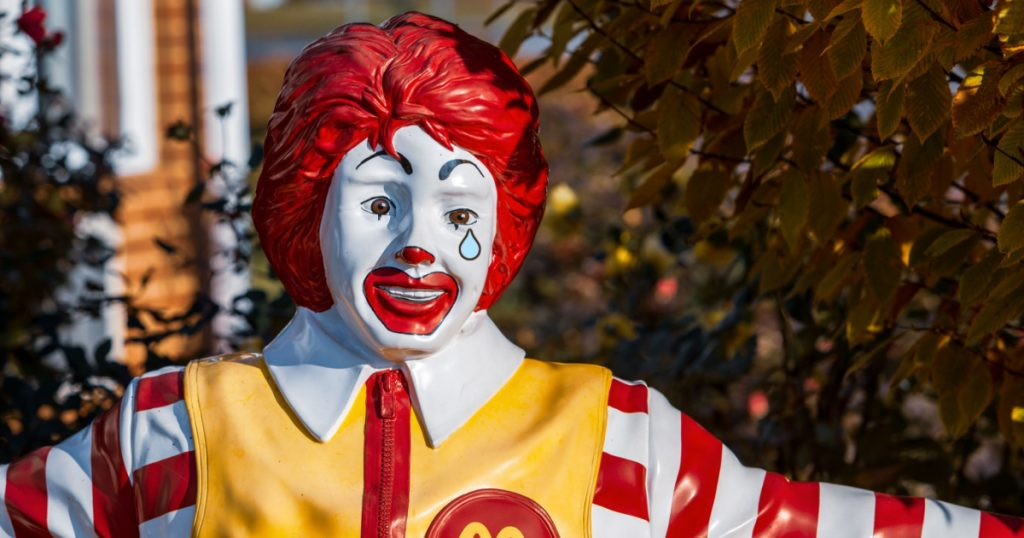
In addition, a shift in societal attitudes towards health and nutrition has played a significant role. Ronald McDonald has been criticized for years for promoting unhealthy eating habits among children, contributing to the obesity epidemic. As public awareness of health issues grew, McDonald’s responded by revamping its marketing strategy to appeal more to adults and emphasize healthier menu options. The transition marked a departure from Ronaldo’s playful, kid-oriented persona and alignment with the brand’s new, more sophisticated image.
Additionally, McDonald’s broader rebranding efforts aimed at modernizing its stores and menus have made Ronald McDonald’s image increasingly outdated. The introduction of sleek design, self-service kiosks, and a focus on premium offerings signaled a significant shift away from the whimsical and nostalgic. Ronald’s retirement was thus not only a matter of consumer preference but also a strategic move to position McDonald’s as a contemporary health-conscious brand.
When considering Ronald McDonald’s journey, his departure from the public eye underscores the dynamic nature of the brand and consumer perception. While his legacy remains a symbol of McDonald’s history, his absence today highlights the fast food giant’s continued evolution to meet the expectations of modern consumers. Ronald McDonald’s remarkable passing continues to be a stark reminder of how brands must adapt to survive and thrive in an ever-changing market environment.
